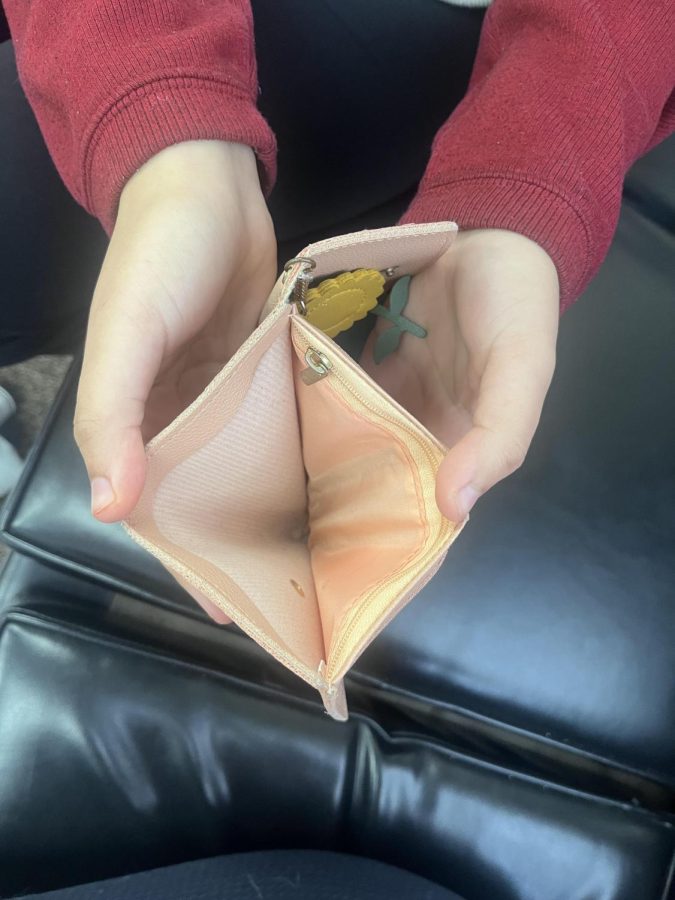Inflation Hit Teens In The Wallet
September 28, 2022
People work hard for their money–teens included. But, with Uncle Sam taking a bite-size chunk out of their paychecks, all are crying Uncle!
Teens today who both work and drive are the most worried about inflation, primarily due to the rise in overall prices. Gas prices are currently hovering over the $4-mark and are expected to rise when the government depletes its federal reserves. And, food prices continue to soar as product unavailability and worker shortages affect the market. “I’m currently trying to save for a car since I’m getting getting my driver’s license in the next couple of months,” says Elkhart High School sophomore Leilah Topolski. But, she is finding it difficult to put as much away for the car as she had once hoped. “The lower savings rate is affecting my way of doing this easily because more money is being taken out of my paychecks every month.” Shaking her head in disbelief, Topolski adds this final thought in exasperation: “I’m not looking forward to filling my tank in the future, because I don’t want to have to worry much about the prices of gas since I’m only 16.”
Inflation’s higher cost of living is also increasing a higher level of stress in teens. Many fear that their entire paychecks will only cover the cost of gas to get back and forth to work. This is an even more major problem for teens whose families struggle financially. And, there doesn’t appear to be any end in sight. Inflation in the U.S. has risen from 1.4 percent in January 2021 to 9.1 percent in 2022. This is the largest increase of inflation the United States has experienced in 40 years. As a person’s purchasing power continues to go down, his or her quality of living will eventually diminish, as well. The first to feel the blow will be those who make the least amount of money to start with: low-income families…and teens.
The world is supposed to be thankful that it is not experiencing the type of hyperinflation noted during the French Revolution–when the monthly rate spiked to 143 percent–but when society is already hitting a breaking point with an 8-percent increase, people are just grateful to still be able to put food on the table.








